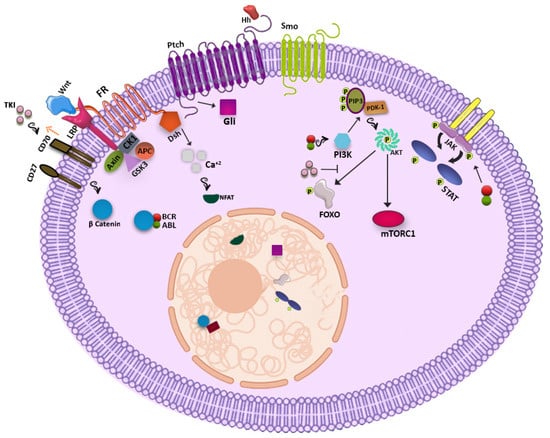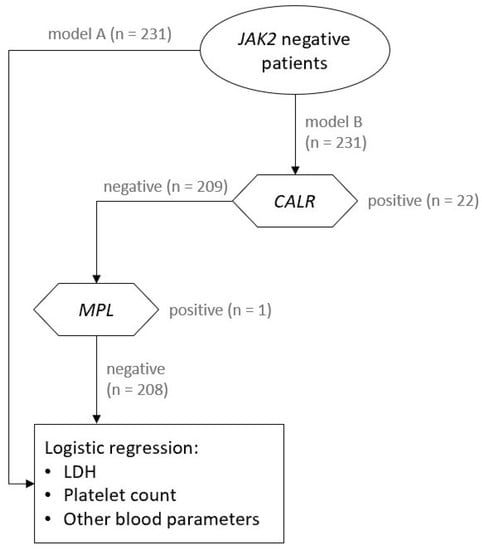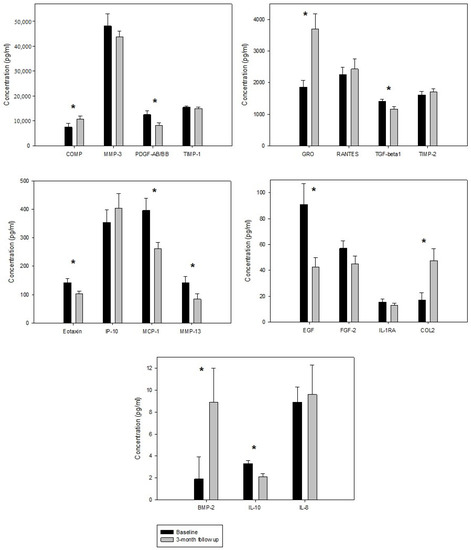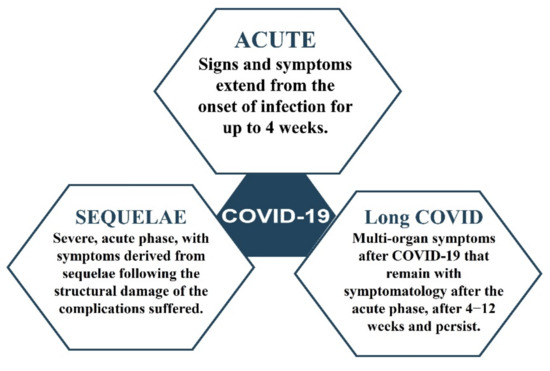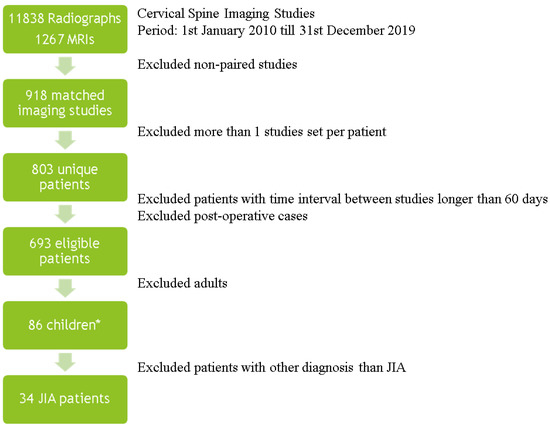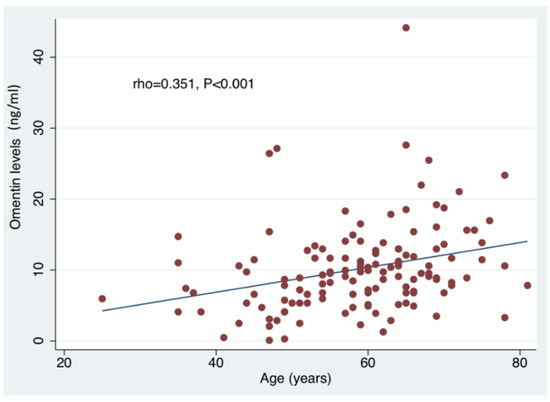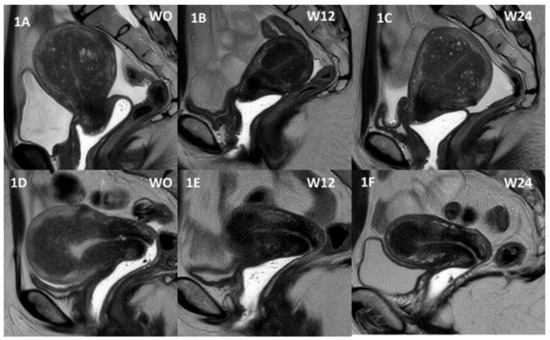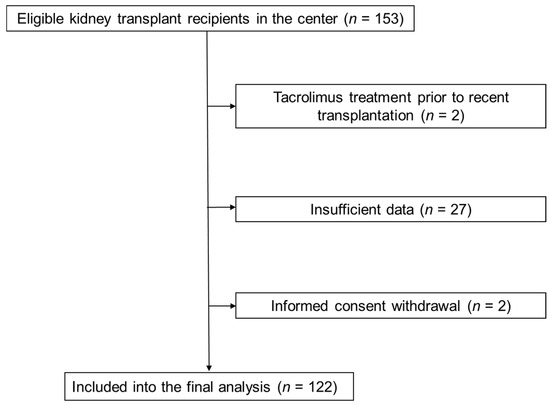J. Clin. Med. 2021, 10(24), 5807; https://doi.org/10.3390/jcm10245807 - 11 Dec 2021
Cited by 1 | Viewed by 2684
Abstract
Background: The Seattle heart failure model (SHFM) score is a well-known risk predictor of mortality in patients with heart failure. We validated this score in patients receiving transcatheter aortic valve replacement (TAVR) and aimed to generate further risk discrimination by adding invasive hemodynamics
[...] Read more.
Background: The Seattle heart failure model (SHFM) score is a well-known risk predictor of mortality in patients with heart failure. We validated this score in patients receiving transcatheter aortic valve replacement (TAVR) and aimed to generate further risk discrimination by adding invasive hemodynamics parameters. Methods: Patients who underwent TAVR at our institute between 2015 and 2020 were included and followed for 2 years from index discharge. Patients were randomly assigned to the derivation cohort or the validation cohort. In the derivation cohort, the original SHFM score was modified by adding baseline hemodynamics parameters to evaluate the primary outcomes: 2-year incidence of mortality or readmission from heart failure. The model performance of the modified SHFM score was evaluated in the validation cohort. Results: A total of 217 patients (median age: 86 (83, 88) years old, 64 (29%) men) were included. From the derivation cohort (N = 108), a novel modified SHFM score was constructed: 6 × (original SHFM score < 88.1%) + 5 × (pulmonary capillary wedge pressure > 14 mmHg) + 4 × (cardiac index < 2.26 L/min/m2), which had an improved discrimination compared with the original model (area under the curve: 0.887 vs. 0.679, p = 0.014). In the validation cohort (N = 109), the modified SHFM score showed accurate predictive discrimination of the 2-year cumulative incidence of the primary endpoint into three groups (a low score group with 0–5 points, 3%; an intermediate score group with 6–10 points, 12%; and a high score group with 11–15 points, 43%, p < 0.001). Conclusion: A modified SHFM score consisting of the original SHFM score and invasive hemodynamics parameters predicted mortality and morbidity following TAVR. Evaluation of the external validity of this score in other cohorts needs further investigation.
Full article
(This article belongs to the Special Issue Transcatheter Aortic Valve Replacement in 2021 and Beyond)
►
Show Figures


